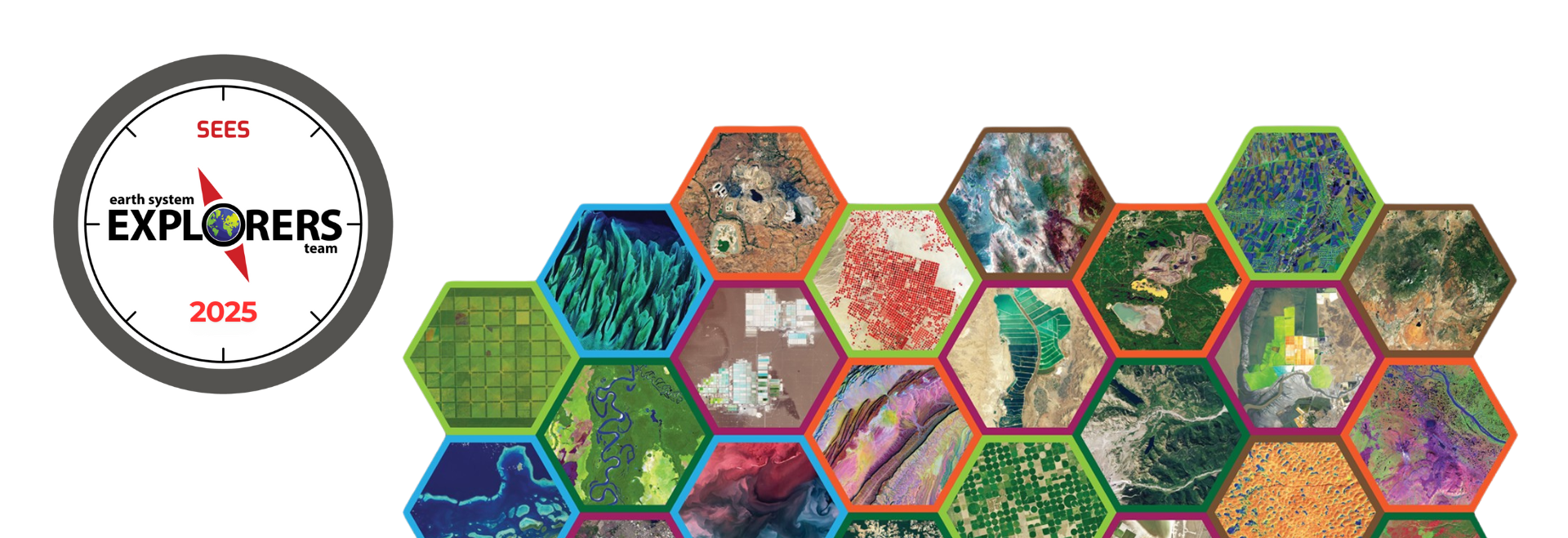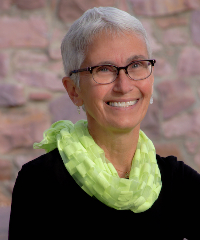Science Cafe Posts - Mission Mosquito
GLOBE Breadcrumb
- Home>
- Mission Mosquito>
- Science Cafe Posts
Banner and NavBar
Science Cafe Posts
Blogs
-
 12 Sep - 944 Views
12 Sep - 944 ViewsOrganizing your AOI and Land Cover Observations Hello! My name is Sophia and I live in San Diego, California. I recently finished making...
-
 12 Sep - 945 Views
12 Sep - 945 ViewsFor my (Area of Interest) AOI project I collected my 37 points using GLOBE observer, google maps, and a grid creator. These tools made ...
-
 12 Sep - 1131 Views
12 Sep - 1131 ViewsI did my AOI centered at a point near the entrance of my old elementary school, Wilshire Elementary, in Euless, which is where I live. I ...
-
 12 Sep - 1127 Views
12 Sep - 1127 ViewsThe Problem You've got a list of AOI coordinates. Google Maps will show them to you, but it won't tell you the best order to visit them....
-
 12 Feb - 2792 Views
12 Feb - 2792 ViewsThis project is all about mixing the personal stories of citizen scientists with 30 years of the GLOBE (Global Learning and Observations to Benefit the Environment) program. It combines these two sources, as well as other data sources, to get a complete picture of how our environment change ...
-
 06 Dec - 3394 Views
06 Dec - 3394 ViewsOur project for SEES 2024 was "Creating a Model to Identify High-Risk Areas for Flash Flooding in Houston, Texas." In this blog, I will discuss how we calculated which areas are "high-risk." There are many ways to identify the most at-risk points of flooding in a given region. Such points are commonly identified in a flood map, such as the one here: For our...
-
 06 Dec - 3688 Views
06 Dec - 3688 ViewsSEES 2024 Experience Getting the opportunity to participate in the NASA SEES Earth System Explorers program has positively impacted my educational and career journey in more ways than I could've imagined. Throughout this internship, I gained an immense amount of knowledge in Earth science, utilizing the GLOBE Observer app, ArcGIS, Collect Earth Online, Python, and many other tools...
-
 06 Dec - 3044 Views
06 Dec - 3044 ViewsIn this blog post, I will go through every step of the internship and outline my experience! Before I do that, first of all, I would like to say that I am so happy that I got to spend my summer with SEES! This program was so amazing and helped guide me a bit more on what I want to do in my future career and in college! I am very grateful for all of our mentors who guided us through...
-
 05 Dec - 3388 Views
05 Dec - 3388 ViewsIf you had asked me what “citizen science” was before this internship with the NASA SEES (STEM Enhancement in Earth Science) Earth System Explorers, I most likely would have conjured a description that involved studying the human body. Now, however, I feel confident in saying that citizen science is a dynamic, extraordinary meaningful process by which everyday citizens contribute to...
-
 05 Dec - 2965 Views
05 Dec - 2965 ViewsThe wildfire data analysis journey began with a dataset comprising over 1200 points located in the California region. To uncover the correlation between land cover types and wildfire risk, we first needed to determine the wildfire risk for each point using the FEMA Wildfire Risk Map. This step involved entering coordinates into the software to obtain the wildfire risk index for each...
-
 05 Dec - 2975 Views
05 Dec - 2975 ViewsMy group’s project focused on using land cover data and GLOBE Observer images to create a machine learning model that can predict land surface temperature - a measure of how hot the surface of the Earth feels in a given location. For context, GLOBE is short for “Global Learning and Observations to Benefit the Environment”. It’s an app that lets volunteers across the world take...
-
 05 Dec - 2897 Views
05 Dec - 2897 ViewsRoboflow is an open-source dataset management platform, where users can import data, label it, and then have a model train on it. For my group's project, CS-FLARE, we used Roboflow to label brush, grass, trees, and leaf litter in our NESW Images as shown below. When I initially began labeling images, I tried using bounding boxes for each picture like the leaf litter in the image...
-
 29 Nov - 4378 Views
29 Nov - 4378 ViewsAdopt-a-Pixel | Where does water meet land in my community? Scanning the Area As our first assignment as part of the Earth System Explorers team, we've been tasked with making our first observations using the GLOBE Observer App. The goal was to make 12 total observations (6 Potential Mosquito Habitat & 6 Land Cover). To be more efficient, I decided to make all of my observations...
-
 29 Nov - 4468 Views
29 Nov - 4468 ViewsI built my mosquito traps on June 20th and ran the experiment until July 15th. I collected a total of 15 observations during this period. To construct the traps I used three identical pots to hold water. The goal of my experiment was to find which type of mosquito bait would be the most effective at attracting and sheltering mosquitos. For the three baits I used dried leaves, grass clippings,...
-
 28 Nov - 4650 Views
28 Nov - 4650 ViewsMy mosquito trap was definitely a rollercoaster, and with this being the last required update, I still plan on seeing how the traps do after the internship finishes since this has been really interesting. To give some background, I set out three traps around 30-40 yards away from each other around my AOI so I could get an idea of how different areas may yield different results. The first trap...
-
 28 Nov - 4204 Views
28 Nov - 4204 ViewsMosquito Trap Week 1 For the mosquito traps, I decided quite early on that my independent variable would be the container. I got 3 different containers; an old tire, a black bucket, and a gallon bottle/container while keeping all other factors the same. I used the same bait and the same amount of water and placed all 3 traps in my backyard behind the shade of the tree. I decided on...
-
 28 Nov - 4408 Views
28 Nov - 4408 ViewsAOI Fieldwork At first, collecting land cover data for 37 points within my area of interest felt like a daunting task. However, after only a few "expeditions" in the past week, I was able to complete all 37 observations. To make my work easier and more accurate, I intentionally choose an AOI that would contain as many points as possible within a nearby park. This was to ensure that I could...
-
 27 Nov - 4739 Views
27 Nov - 4739 ViewsMy fieldwork to map land via the Globe app led me to understand where I live better. Texas is the second-largest U.S. state by both area and population. There are only four deserts in North America, and Texas is home to the Chihuahuan Desert. Texas Land Conservancy [TLC] works to conserve natural areas, protect the physical and ecological integrity of their wildlife habitat and native plant...
-
 10 Feb - 7606 Views
10 Feb - 7606 ViewsConcerns regarding the impact of global warming on vector-borne diseases have intensified interest in the relationship between atmospheric factors and dengue fever incidence. Global climate change poses the threat of serious social upheaval, population displacement, economic hardships, and environmental degradation. Changes in temperature, rainfall and relative humidity have potential to...
-
 13 Feb - 3864 Views
13 Feb - 3864 ViewsWhen you start writing your GLOBE report for IVSS, it might be difficult because you might not sure where to start. We tend to start writing the Methods section first because it is something you did it yourselves, and it should be relatively easy and straightforward to write. Second, you should write the Results section, do graphs, tables and texts (think of a best way to present your cool...






